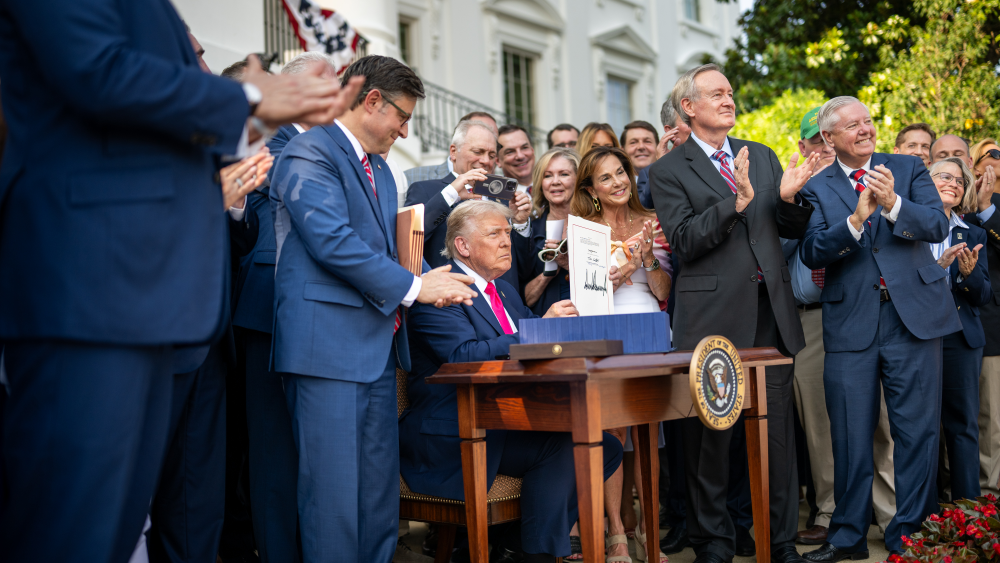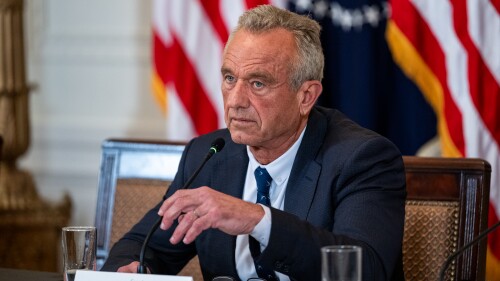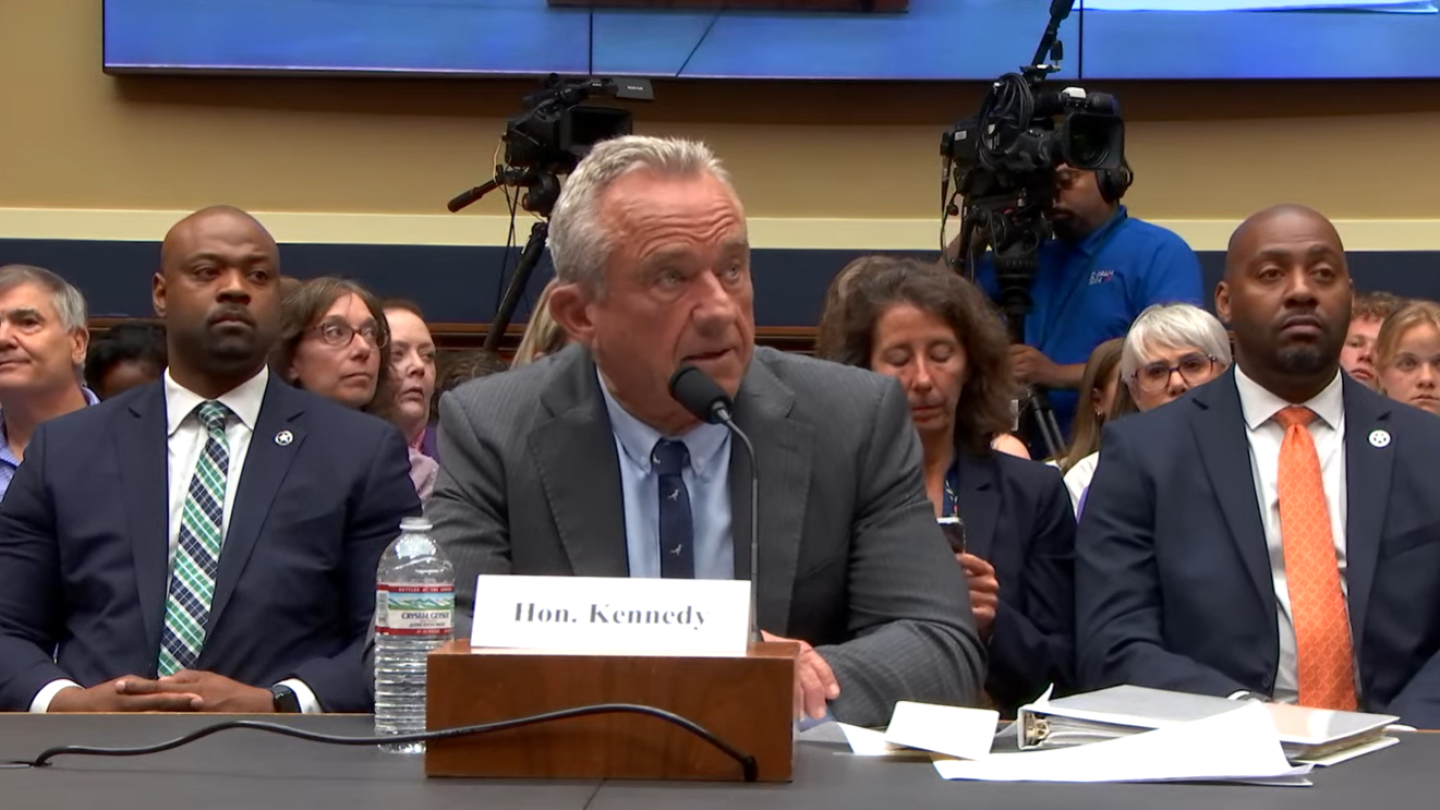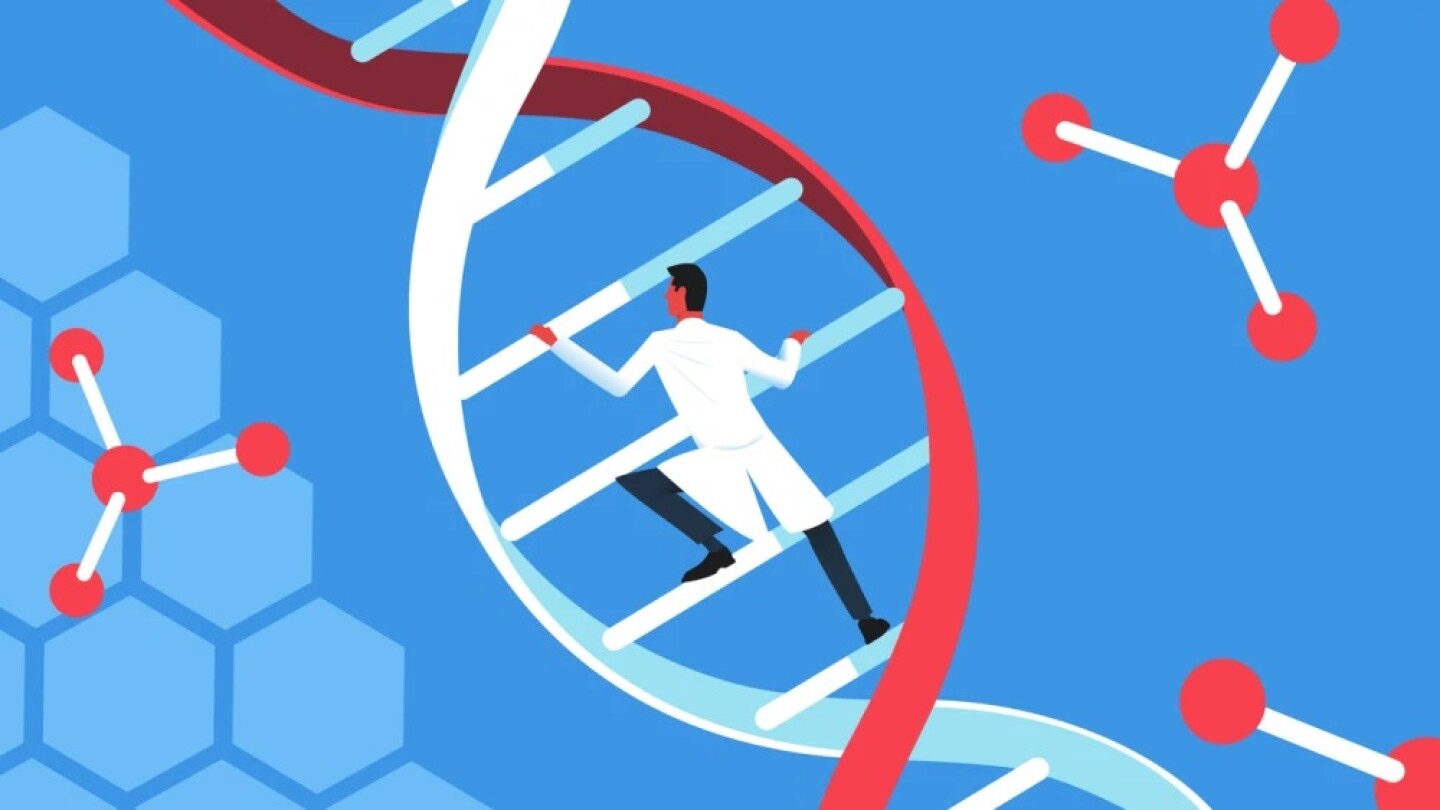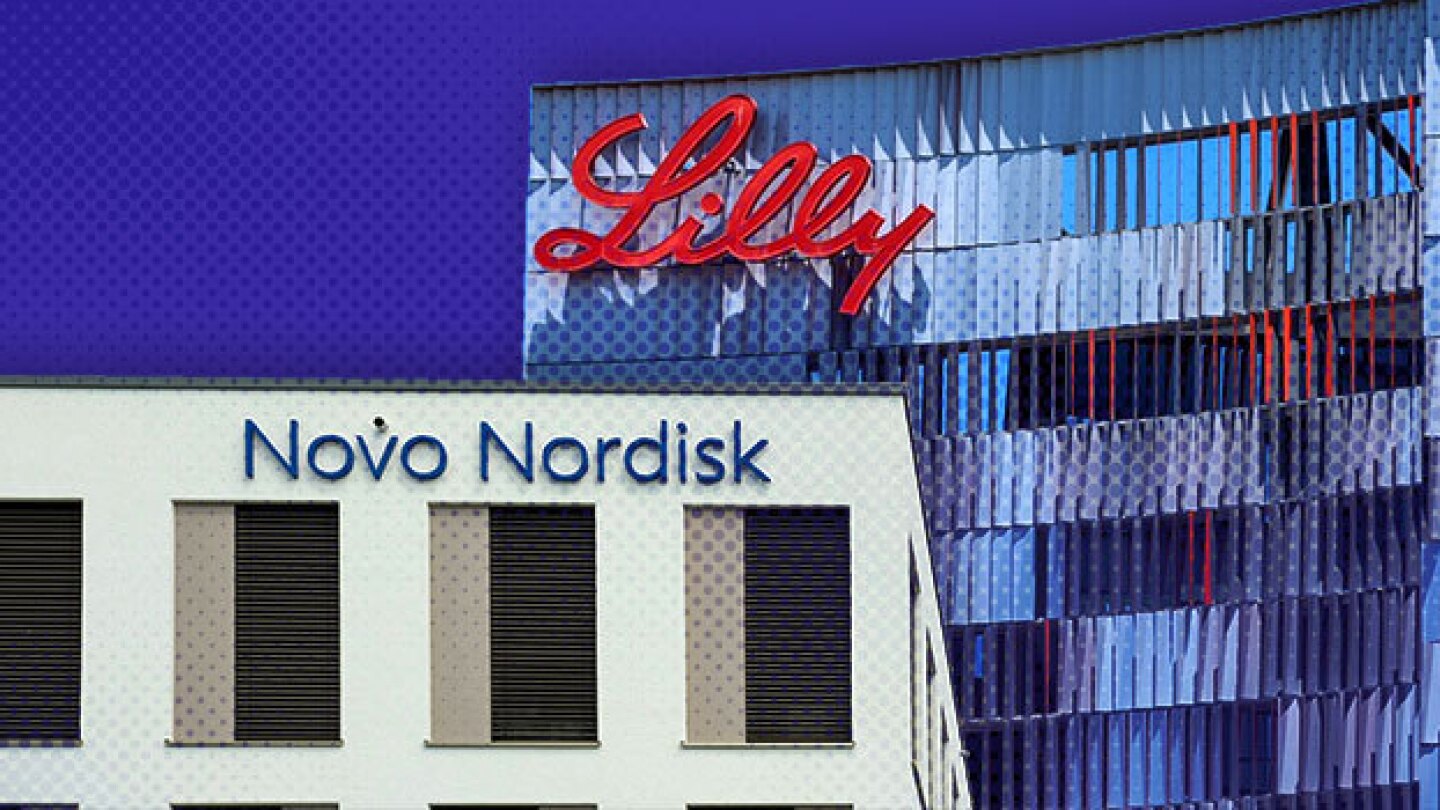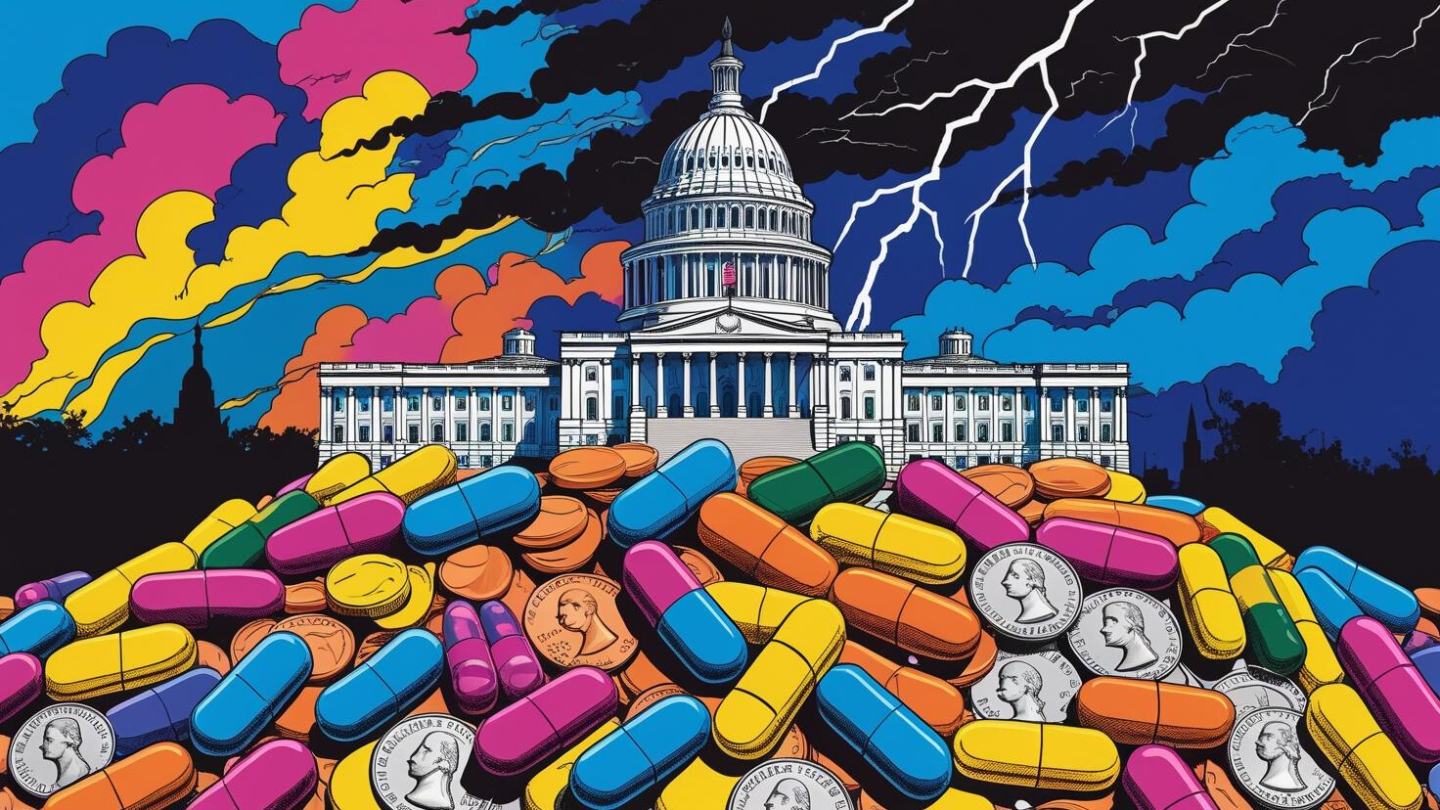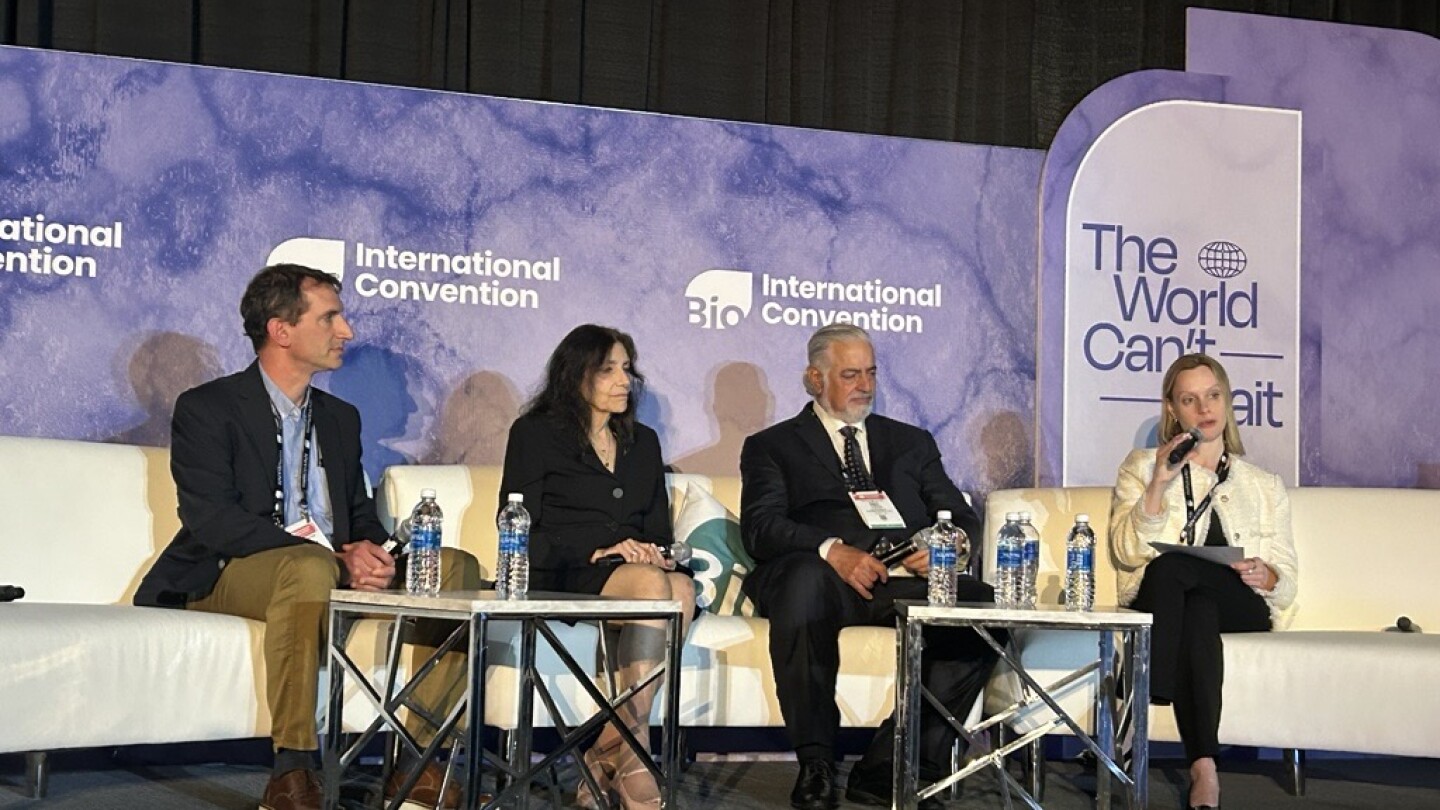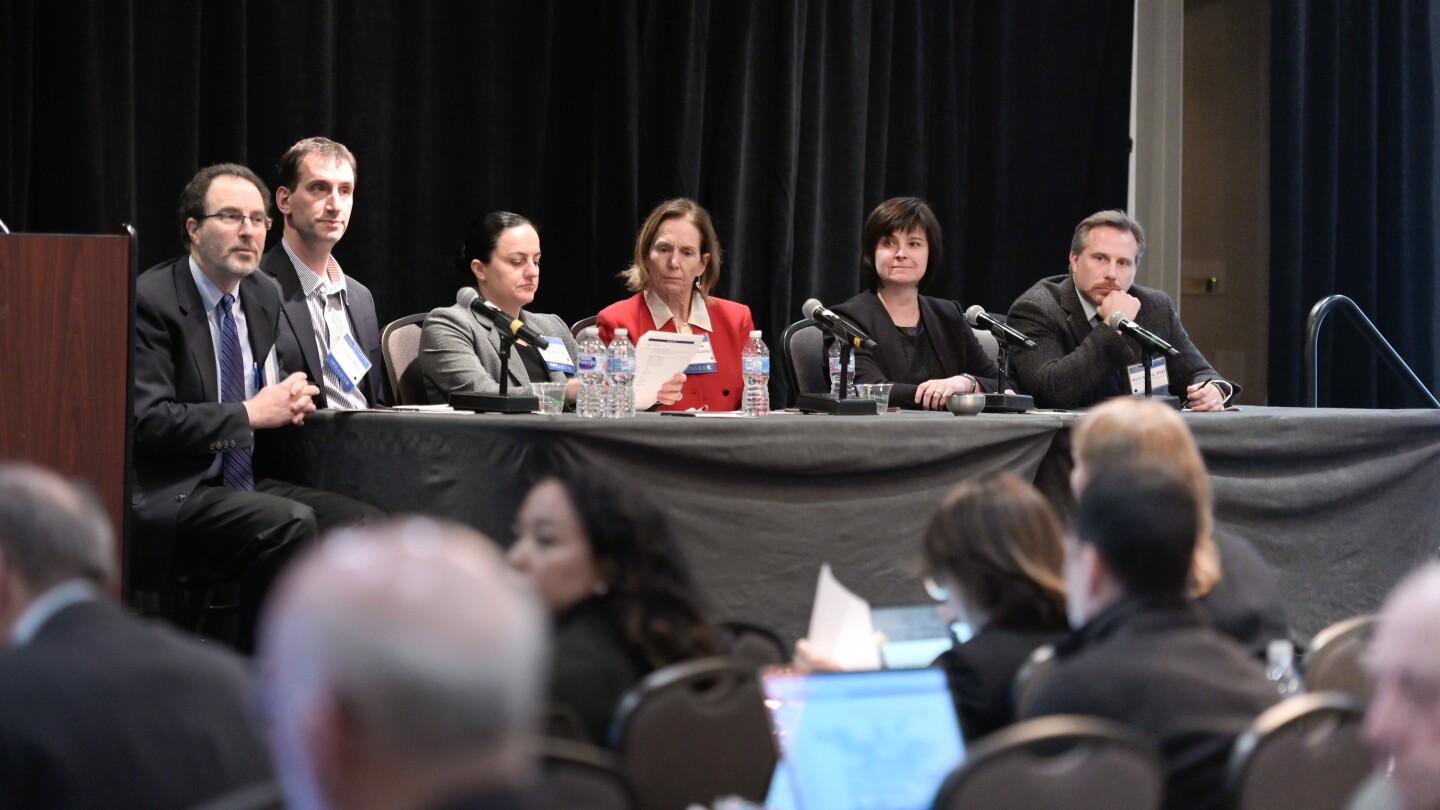News
President Donald Trump’s One Big Beautiful Bill, signed into law last week, reintroduces broader exemptions for orphan drugs from the IRA’s drug price negotiation program—a move welcomed by the biopharma industry. The new tax law also cuts Medicaid funding, posing a minimal risk to pharma’s bottomlines and potentially jeopardizing hospitals’ 340B status. It does not, however, include new rules for pharmacy benefit managers that had been in an earlier draft.
FEATURED STORIES
BioSpace’s NextGen companies are rising in one of the most confounding biotech markets ever experienced. Executives sounded off on how to keep your head above water during our webinar, Are We There Yet?
BioSpace examines the busiest corporate venture capital arms in the pharmaceutical industry. Novo Holdings, which made headlines last year with its $16.5 billion Catalent buy, topped the list.
The largest Chinese licensing deal behind Pfizer’s is Novartis’ partnership with Shanghai Argo Biopharma, worth potentially more than $4 billion.
Job Trends
Bristol Myers Squibb (NYSE: BMY) today announced that its Board of Directors has elected independent director Michael R. McMullen to the Board, effective July 1, 2024.
FROM OUR EDITORS
Read our takes on the biggest stories happening in the industry.
When talking to some of the most impressive women in biopharma, the conversation inevitably turned to what these women wanted other entrepreneurs to know. Here’s the best of the best of that advice.
THE LATEST
Leading companies spent $1.4 billion upfront on licensing deals and embarked on vast R&D programs. Clinical setbacks mean many companies are unlikely to ever recoup their investments.
With much to cover, Democrats tackled Kennedy’s MAHA report; the firing of all members of the CDC’s ACIP committee; and much more. Little was accomplished, as Kennedy demurred and members of Congress accused him of risking American lives.
In addition to cutting most of its staff, including two C-suite executives, Leap Therapeutics is winding down research and development activities and considering a sale or partnership opportunities.
Isaralgagene civaparvovec is a “potential best-in-class gene therapy for Fabry disease,” according to analysts at H.C. Wainwright. Sangamo plans to use pivotal Phase I/II data to build an accelerated approval case for the asset.
In May, Revolution Medicines projected its cash and equivalents of $2.1 billion would last into the second half of 2027. With new funding from Royalty Pharma, the biotech has withdrawn that runway end date.
The star of Monday’s deal is gusacitinib, a small-molecule drug that Formation is developing for chronic hand eczema. Sanofi will explore additional indications for gusacitinib in a Phase I study.
Eli Lilly’s bimagrumab led to weight loss that was due almost entirely to fat reduction when combined with semaglutide, marketed by rival Novo Nordisk as Wegovy. BMO Capital Markets called the data “impressive” while raising concerns about the antibody’s safety profile.
Drug pricing, budget cuts, tariffs and other shifts under the Trump administration undermine the biopharma and healthcare ecosystem.
Speaking at BIO2025, rare disease leaders from Ultragenyx, Amylyx and Yale questioned the need for the new regulatory pathway proposed by FDA Commissioner Marty Makary. They acknowledged, however, that creative thinking is required to enable more treatments for patients with ultrarare diseases.
Jacqueline Corrigan-Curay, who stepped into the role as the agency’s top drug regulator in January, is departing in July, according to an email sent to agency staff.

